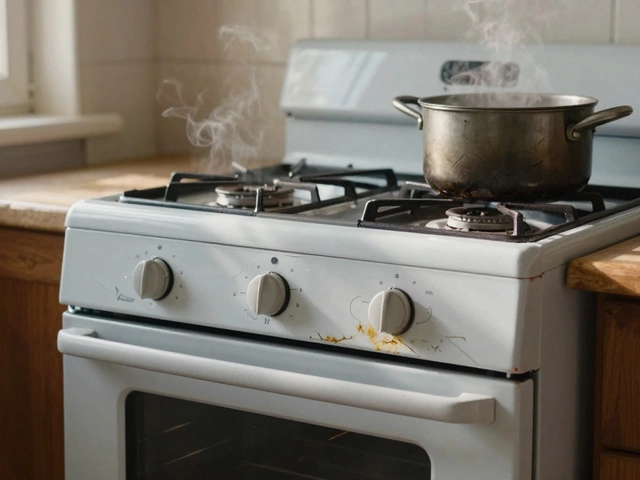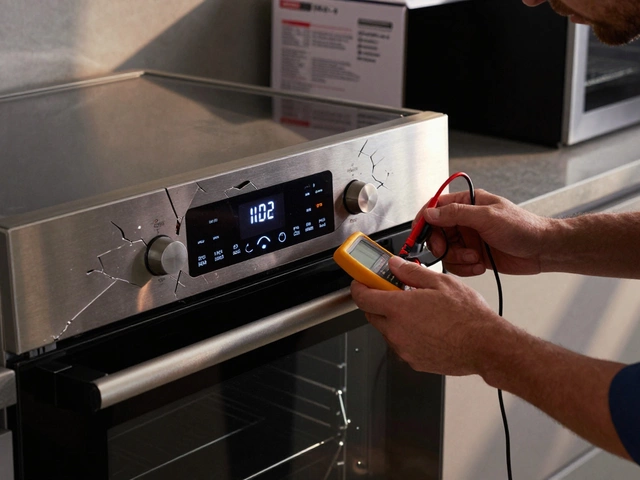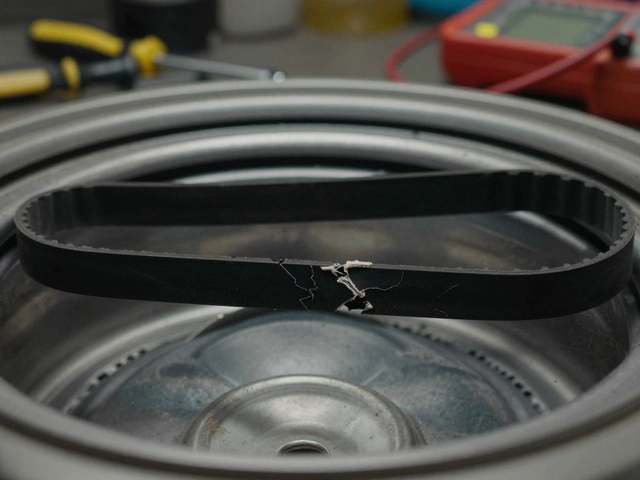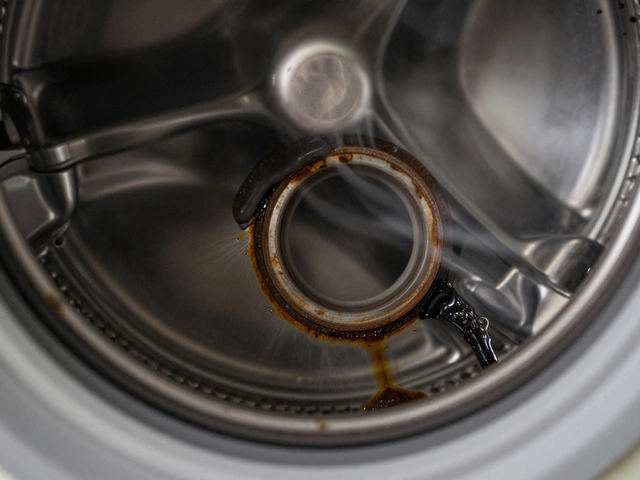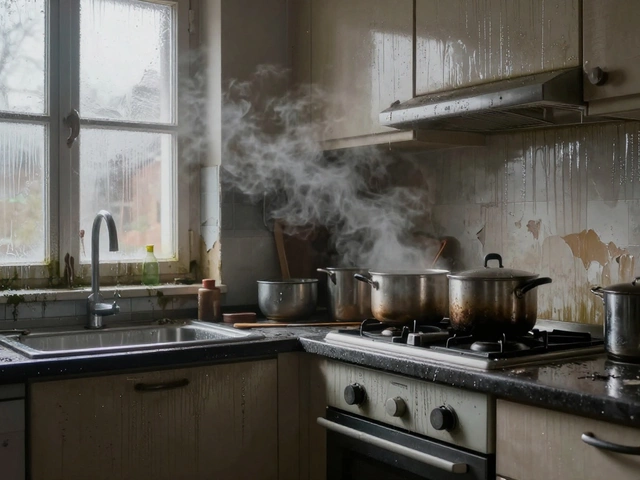Gas Oven Issues: Common Problems and Simple Fixes
If your gas oven is acting up, you’re probably wondering what’s wrong and how to sort it without a huge bill. The good news is most gas oven hiccups have straightforward causes and easy DIY checks. Below we break down the typical symptoms, quick tests, and safety steps so you can decide whether you can tackle the fix yourself or need a qualified repair tech.
Why Your Gas Oven Won’t Heat
The most common complaint is an oven that won’t get hot enough, or won’t heat at all. Start by checking the oven’s igniter. In many models the igniter glows red and sparks the gas valve. If the glow is weak or the igniter doesn’t light, it’s likely cracked or broken and needs replacement. Another frequent culprit is the gas valve itself. A faulty valve won’t open, so the oven stays cold even though the control knob is set to bake.
Next, look at the thermostat or temperature sensor. If the sensor is dirty or has drifted out of calibration, the oven may think it’s already at the right temperature and shut off the flame early. A quick test is to set the oven to a low temperature and watch the burner. If the flame is steady, the sensor is probably okay. If the flame sputters or goes out, the sensor could be at fault.
Don’t forget the simple stuff: make sure the oven’s gas supply line is fully opened and that the pilot light (in older models) is lit. A partially closed valve or an out‑of‑date pilot can stop the gas flow instantly.
Safety Checks and When to Call a Pro
Gas appliances demand extra caution. Before you start any inspection, turn off the gas at the main valve and let the oven cool completely. If you smell gas—like rotten eggs—step outside and call the gas company right away. Never try to fix a gas leak yourself.
Even if the igniter looks fine, a cracked igniter can still pose a fire risk. If you see any broken parts, replace them with OEM (original equipment manufacturer) pieces. If the oven still won’t stay lit after you’ve swapped the igniter, the problem is likely deeper in the gas valve or control board. Those components need a licensed technician because they involve electrical connections and gas pressure.
Also watch for uneven heating. Hot spots often mean the burner ports are clogged with food debris. Clean them with a soft brush and a vacuum. If the problem persists, it could be a failing burner assembly.
When in doubt, call a professional. A qualified repair service can test gas pressure, replace valves safely, and ensure all connections meet local codes. It’s a small price to pay for peace of mind and to avoid costly repairs later.
By running through these quick checks you’ll know exactly what’s going on with your gas oven. Simple fixes like a new igniter or a cleaned burner can save you time and money. For anything involving gas leaks, valve replacements, or persistent heating issues, let the experts handle it—your safety comes first.
24 November 2024
·
0 Comments
A malfunctioning gas oven igniter can present several symptoms that indicate it needs attention or replacement. These signs include prolonged preheating times, gas odors, and food not cooking evenly. Understanding the working mechanism of the igniter and recognizing these symptoms can help in timely repairs, preventing further issues. This guide explores common indicators of a faulty igniter and provides actionable tips for addressing them.
Read more


